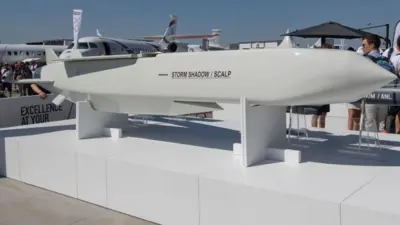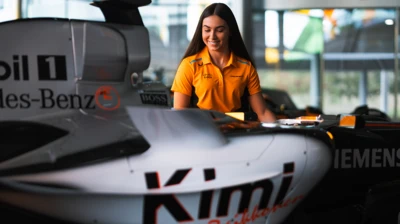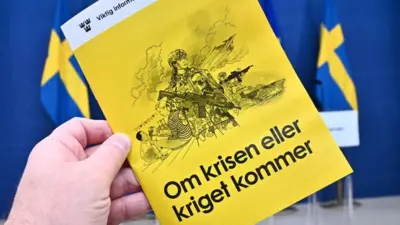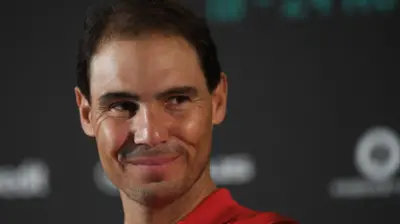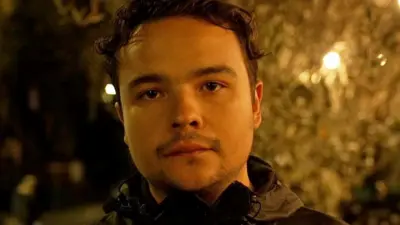We've updated our Privacy and Cookies Policy
We've made some important changes to our Privacy and Cookies Policy and we want you to know what this means for you and your data.
Prince William and Kate Middleton reveal wedding plans
The Archbishop of Canterbury is to marry Prince William and Kate Middleton at their forthcoming wedding, St James's Palace has disclosed.
The palace says Miss Middleton will travel to the 29 April ceremony by car.
But the newly-weds will return to Buckingham Palace in a glass carriage along Parliament Square, Whitehall, Horse Guards Parade and The Mall.
The Queen will host a reception at the palace, followed by a private dinner and dancing in the evening.
The couple, both 28, got engaged while on holiday in Kenya in October. Prince William proposed with his mother Diana's diamond and sapphire engagement ring.
Their marriage will be marked with an official public holiday across the UK.
Break with tradition
In details released on Wednesday, St James's Palace revealed the basic structure of the wedding day:
- Miss Middleton will travel to Westminster Abbey by car via The Mall, Horse Guards Parade, Whitehall and Parliament Square
- The ceremony will begin at 1100 BST
- The Dean of Westminster will conduct the service, the Archbishop of Canterbury will marry William and Kate and the Bishop of London will give the address
- After the service, the couple will travel in a carriage procession to Buckingham Palace along the same route taken earlier by Miss Middleton
- There will then be a reception, hosted by the Queen, for guests from the congregation, "representing the couple's official and private lives"
- In the evening, the Prince of Wales will host a private dinner at Buckingham Palace, followed by dancing, for the couple plus close friends and family
91╚╚▒¼ royal correspondent Daniella Relph said the decision to have Miss Middleton travel to the ceremony by car rather than glass carriage was a real break with tradition.
This was Miss Middleton's idea, as she wanted to arrive at Westminster Abbey in a more low-key way and not have the "pomp and lavishness" that comes with arriving in a carriage, our correspondent added.
'Model wedding'
The newly-wed couple are expected to make the traditional appearance on the Buckingham Palace balcony before heading inside for the reception.
The crowds of well-wishers gathered outside will no doubt be hoping for a very public kiss as happened when Charles and Diana married in 1981.
But Ingrid Seward, from Majesty magazine, told the 91╚╚▒¼ it was "a great shame" that the public would not get to see Miss Middleton en route to the abbey in a glass carriage as in previous royal weddings.
Royal commentator Hugo Vickers said it was also unusual to have a large reception, rather than a more intimate wedding breakfast, after the ceremony.
The 91╚╚▒¼'s religious affairs correspondent Robert Piggott said the Archbishop of Canterbury had married all previous monarchs-to-be so the decision to choose Dr Rowan Williams was not a surprise.
However, he said there had been a suggestion that the Bishop of London - the Rt Rev Richard Chartres - might be chosen instead because he is close to Prince Charles and counselled him after the death of Diana.
Our correspondent added that the Church was determined the event should be the model wedding and hoped it would give a boost to the institution of marriage as a whole.
Prince William and Miss Middleton met when they were both students at St Andrews University.
They are said to be "calling the shots" on the wedding plans, and chose Westminster Abbey for its "staggering beauty", 1,000-year royal history and its feeling of intimacy despite its size.
The prince's private secretary, Jamie Lowther-Pinkerton, said they wanted it to be "a proper celebration for the nation and the realms", but were "very mindful" of striking the right balance given the straitened economic times.
The Royal Family and the Middletons will pay for the wedding itself, but the taxpayer will meet the cost of extra security and transport.
Top Stories
More to explore
Most read
Content is not available
